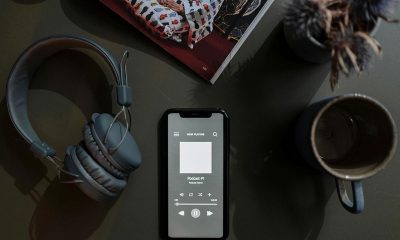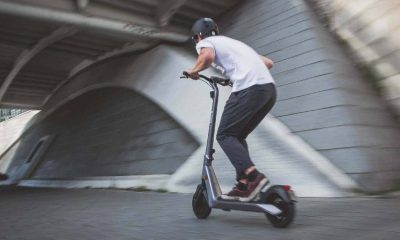Philly
Here’s What To Know About The Philadelphia Affordable Housing Program
Published
3 years agoon
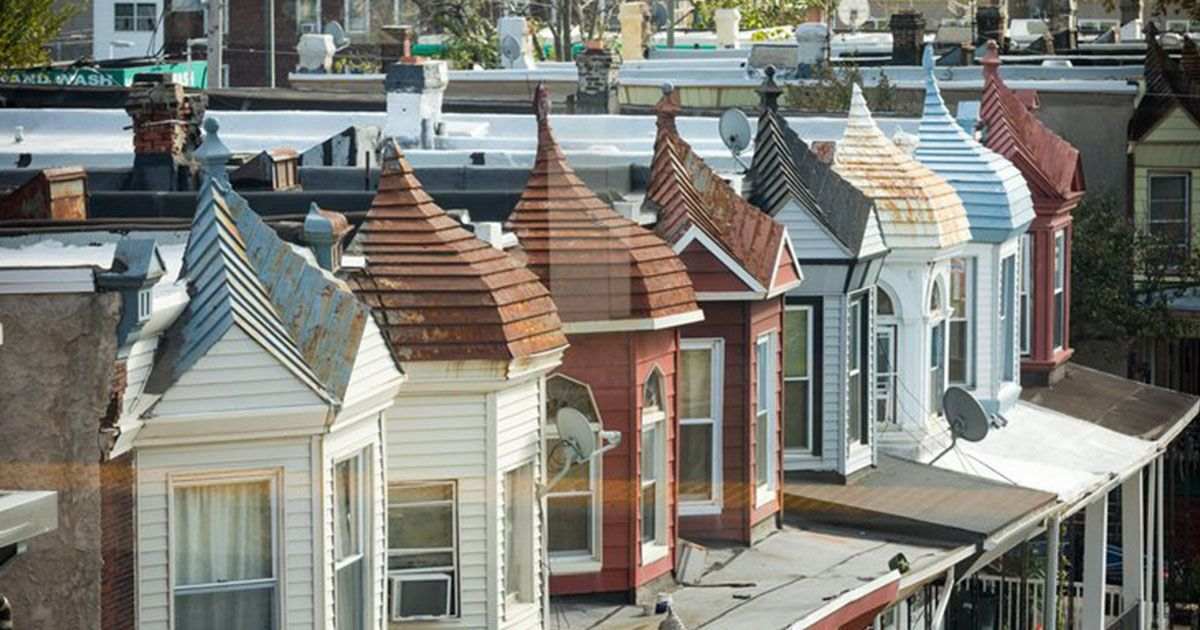
As part of increasing Philadelphia’s affordable housing stock, the city aims to build 1,000 new low-cost housing units. City Council President Darrell Clarke also said they want to assist low-income residents in improving their quality of life through Philadelphia affordable housing.
Turn the Key Program
The City Council and other city officials unveiled the “Turn The Key” program at 55th and Poplar streets in West Philadelphia. It is part of the $400-million Neighborhood Preservation Initiative approved by the City Council in 2020.
The city will construct 1,000 units of 3-bedroom, 1.5 bathroom homes on city-owned public lands. The priority beneficiaries of the project are first-time home buyers, and the mortgage will be about $1,200 per month. Clarke said that this mortgage payment is lower than the average price of renting a 2-bedroom apartment in Philly.
Councilmember Curtis Jones said that owning a house is the most significant investment most people make. A home is an asset that should continually increase in value. But in its initial phase, it should be affordable as well.
Loans and costs
First-time home buyers will be offered a soft loan for a maximum of $75,000. The buyers can secure the loan via a second amortization on the housing unit to keep affordable prices for low-income households. These households are within or below 80 percent of the Area Median Income with approximately $94,500 per family.
The total cost of houses is between $190,000 to $230,000, less than the current median home price. The term of the loan will be payable for up to 30 years.
To qualify for the Philadelphia affordable housing program, residents must be first-time homebuyers with confirmable income. They must attend a free, city-funded homeownership counseling program before signing an Agreement of Sale.
“This is an interesting project that will have a great impact on our city. We are looking forward to partnerships to create these opportunities for families to improve their lives and gain other benefits that come from homeownership,” said Anne Fadullon, the director of the city’s Department of Planning and Development.
Huge #affordablehousing news today. @PHLCouncil's Neighborhood Preservation Initiative is funding the building of 1,000 affordable homes.
— Darrell Clarke (@Darrell_Clarke) April 28, 2022
This is the kind of large-scale housing investment we promised with NPI and we intend to deliver! https://t.co/TjxaRrv4Wm
The first stage of the “Turn the Key” housing program is about $7 million to $8 million. It will include more than 40 homes to be constructed at 55th and Poplar streets, Carroll Park section of West Philadelphia.
The Philadelphia Housing Market
Philadelphia’s housing market has experienced challenges due to the ongoing COVID-19 pandemic. Compared with pre-pandemic levels, the city’s housing inventory declined by almost 41 percent. Because of this, first-time homebuyers are anxious and concerned about competition in housing prices.
The University City Townhomes, an affordable housing complex at 39th and Market streets, will close in just two months. The closure was due to the non-renewal of the contract by its property management company, IBID Associates, with the Department of Housing and Urban Development.
With additional HUD contracts set to expire over the next several years, affordable housing development and preservation have become a hot-button issue for City Council and housing advocates.
The Philadelphia affordable housing program will enable residents to own a home for the first time, said Ernest Garrett, president of District Council 33 of the American Federation of State, County, and Municipal Employees.
Aside from income and eligibility requirements, the “Turn the Key” program will include a preference for City of Philadelphia employees. Legislation to implement that preference is currently pending in City Council and will be up for a hearing soon.
And for other stories about Philly, read more here at Owner’s Mag!
You may like

Philadelphians don’t love change.
It’s a city of traditions, steeped in sentimentality and famous for its gritty charm. It becomes evident quickly around here: Philadelphia has completely internalized the Rocky complex. An intense underdog spirit with an unparalleled sense of pride over the city’s rich bounty of cultural offerings, from its American history to its renowned cuisine. This pride also extends to its rabid sports fandom.
And so, in keeping with the city’s undying affection for its own established iconography, its collective reception of the Eagles’ recent decision to alter their wordmark is… lukewarm at best.
Sports logo alterations are always a polarizing subject. They’re made for a number of reasons, be it injecting fresh enthusiasm (and money) into a dulling franchise or steering away from dated, racially charged mascots.
In that sense, team rebrands seem like a perfectly American affair. As it so often is, the two biggest consistencies are financial pursuits and awkwardly fumbling over unhealed racial trauma.
But the Eagle’s recent decision doesn’t really serve either purpose. And it’s more of a retool than a redesign.
For one, there are no real changes being made to the team’s color scheme. Its usual palette of midnight green, silver, black, and charcoal will remain fully intact. And the team’s logo— the famously left-facing bald eagle— will also be untouched.
This retool comes for one victim and one victim only: the wordmark.
In the team’s recent press release, where it outlines the changes, the new design was touted for its “new” and “refreshed” look. But that doesn’t really speak to the changes being made. So, let’s dig into the new wordmark, how it compares to the old one, and how fans have responded.
A step towards modernity.

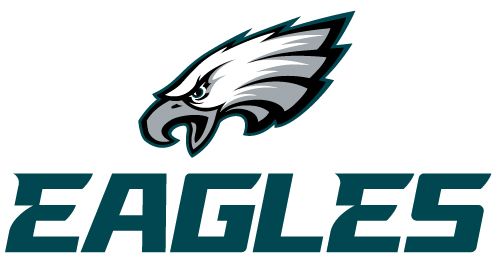
The new wordmark is in line with the most prevalent design trend right now: the reduction of flamboyant embellishment into modern, chic simplicity.
It’s the new normal— but it’s not entirely new. For decades now, companies have been rebranding with these modern ideals in mind. They’ve done away with ornate logos, rich with color and elaborate graphics, in favor of a more straightforward approach. As far as typography is concerned, we see this race towards less manifest as reliance on grotesque or sans serif typefaces.
You’ve undoubtedly taken notice of this trend, whether you know the terminology or not. Since the mid-20th century, these typefaces have been heralded for their legibility and modern feel. And a number of companies have shaped their brand around the voguish style of their letterforms.
As you can see, the Eagles have finally caved to the trend.
The previous iteration of the typeface, adopted in 1996, saw the team deploy a sharp, three-dimensional serif typeface with a strong drop shadow. It’s loud, blocky, and extravagant, especially when contrasted with the new design.
2022’s newly updated wordmark unveils the team’s leap into stripped-down sans serif territory. The font is still quite stylized and is surely a custom creation designed purely for the Birds’ new look. But it’s toned down. And the letterforms are low-contrast now, meaning there’s very little difference in stroke thickness in any of the letters.
It’s also been reduced to two dimensions, which is another trend you’ll find in contemporary rebranding. The shiny car emblem look is out; flat and monotone is in.
Where will we see the new eagles logo?
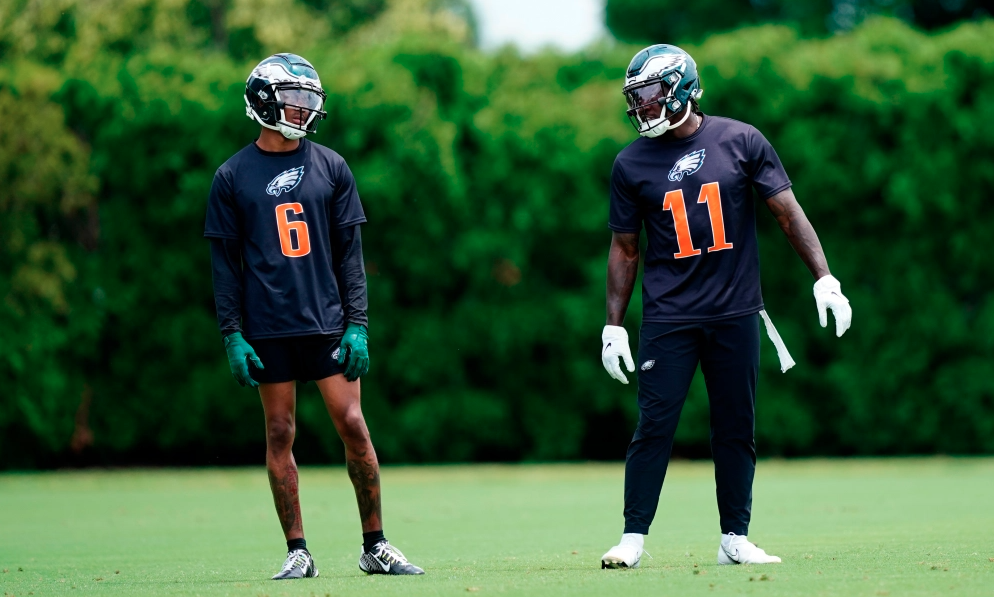
Ehhhh no thank you https://t.co/7cMjXXpYLP
— Deana Harley (@Deanaharleynews) June 16, 2022
The Eagles new wordmark logo is awful. pic.twitter.com/CRRIctcZhg
— Brenden Deeg (@BrendenDeegNFP) June 16, 2022
The #Eagles have announced a "new, refreshed wordmark"
— Eliot Shorr-Parks (@EliotShorrParks) June 16, 2022
It replaces the old lettering
Slightly more modern but also pretty boring and basic: pic.twitter.com/fooJWKIsjD
The Eagles accidentally hitting enter instead of delete on the new wordmark pic.twitter.com/n8AgfBBlkN
— Liam Jenkins (@LiamJenkinsPSN) June 19, 2022
Business
Plaze Review: Philly’s Fastest Growing DIY Networking App
Published
3 years agoon
May 9, 2022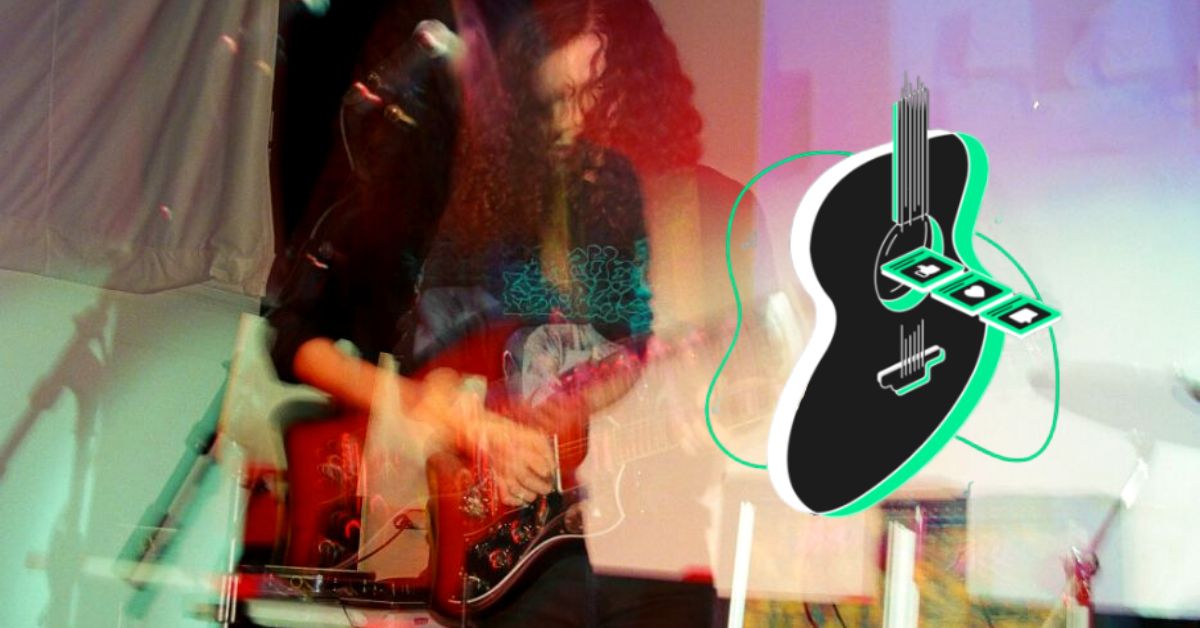
I’ve been involved with do-it-yourself music in the Greater Philadelphia area for over a decade now. Throughout this time, I have occupied every potential role: showgoer, performer, promoter, you name it.
The groups I’ve ended up with typically share a similar genesis.
Here’s a picture: you’re sitting in a half-empty living room. Below you, a crowded basement pulses with tame tropes and half-hearted expressions. Some loudmouth nursing a 40oz foolishly exchanges charm for pretension and out from a groggy, smoke-induced stupor, an assertion springs: “Jawbreaker is the definitive Bay-Area rock band of the 90s. Miss me with that Green Day sh*t.”
Leaping (or staggering) to your feet, you fumble for rejoinders. It’s then that you find yourself thrust into a spirited dialogue with an equally impassioned stranger.
One thing leads to another. Chatting and chain-smoking, you trade visions, earnestly planning a potential project only to wake up the next morning without energy or interest in maintaining contact. After all, they smoked menthols— and your inner pre-teen still weeps to Green Day. You don’t need that kind of energy in your life.
The story repeats itself ad nauseam and there’s no light at either end of the tunnel.
Enter: Plaze. Philadelphia’s hottest DIY networking app. Aiming to revamp the way musicians discover one another, Plaze offers a digital alternative to the oft-excruciating process of starting a band.
What is Plaze?
Before I dig in, let me provide some background about Plaze. Like most innovations, Plaze was inspired by a problem. As stated in the first sentence of the Our Story portion on their website: “Plaze started with a problem.”
Call it journalistic intuition.
Co-founder Jamie Mallia, a drummer, recounts his story. It’s a common one, and we all have our own version. An exciting new musical partnership abruptly halted upon the realization that the person you have agreed to jam with is, shall we say, grossly incompetent.
Naturally, the unevenness of their skillset led to an awkward, short-lived alliance. That’s when the big idea hit: an app that facilitates discovery among creatives. One that promotes networking and collaboration while helping weed out the mismatches.
Plaze looks to one-up other avenues of creative networking like Facebook and Reddit. It does so by tailoring the experience to the expressed needs of its users. It is, however, currently a Philadelphia-centric app.
A New Way of Networking
For the sake of transparency, I must share my initial skepticism. And I’ll be the first to admit that this is likely the result of my reverence for the punk ethos. But honestly, that’s a stuffy holdover.
And punk, in its truest and most essential form, is about moving forward. Embracing change, even (and especially) when it threatens tradition. The fruits of punk that have prevailed throughout history have been those that, in threatening tradition, offers a constructive, democratic alternative. And so, with that renewed understanding in mind, I’m downloading Plaze.
Nowadays, there’s an app to help you with everything from grocery delivery services to keeping your mental health in check. So, really, why shouldn’t there be an app for meeting other local creatives?
Mind you, this article will encapsulate one person’s attempt at using the app.
My experience doesn’t speak for the whole of us. Everyone who uses this app, with their own style, expectations, intentions, and skill sets will undoubtedly yield a unique experience. With any hope, anyway.
In a sense, you can consider this less of a review and more of an account. The semantic difference is that, in this case, I won’t submit an official judgment.
How’s the User Interface?
Upon downloading Plaze, you’ll find that the interface is simple and intuitive. For those of us experienced with any of those countless dating apps, it’s downright familiar. This isn’t a dating app though, so there’s some hope for you yet. Just think of all the time you’ll save not having to worry about a punchy new pick-up line.
Features
All of the features are offered in a palatable four-tab menu. The tabs are as follows:
Profile
My Scene
Map
Explore
Profile

You’re going to want to add a picture or two. Really flesh out your profile here. Honestly, this function alone is pretty dope. Consider it a central hub for all of your artist profile pages. Now you can have your Bandcamp, Spotify, Facebook, Instagram, Youtube, and personal website all in one place. Artists are not terribly well-known for being, well, unlazy— so this certainly helps the discovery process along!
The profile section is also where you’ll outline your skillset. Shameless promotion here, but I need to show photos to properly explain.
This also provides me the opportunity to show off this sleek, seamlessly navigable interface. Despite being a millennial, my handling of most new technology is more in line with that of a 100-year-old man. But believe you me, sonny: this app is absolutely easy to handle. Golly!
You can write up a quick blurb about yourself and add all of your skills. This includes both on-stage and off-stage skills; which means audio engineers, promoters, teachers, and photographers all have a place in Plaze.
Whatever your niche, Plaze has thought of ways to plug it into the scene. Speaking of the scene, let’s hop to the next tab.
My Scene
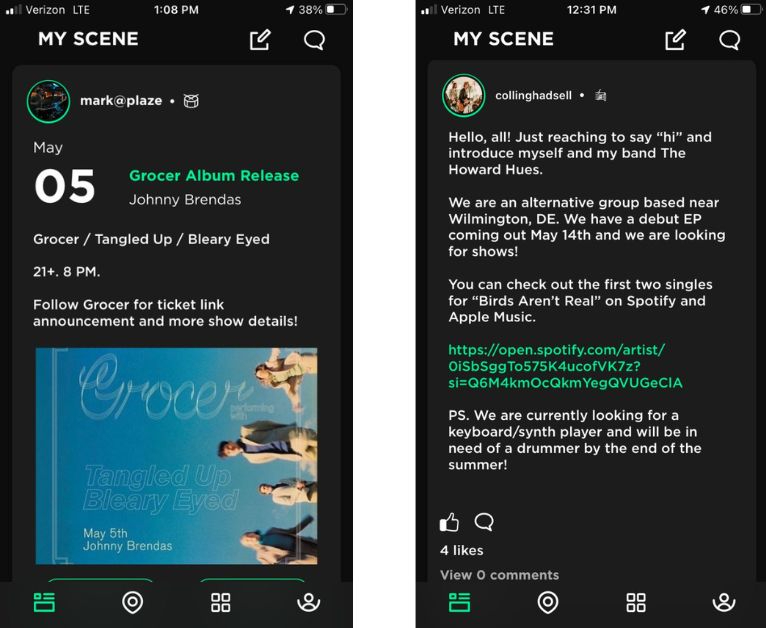
This function puts you in the same room as what’s happening in your area. At all times. The page is split up into two subsections, both of which are very simply laid out: Show Posters and Community. These sections borrow a lot of the convenient aspects of Facebook or Reddit.
Show Posters, as its name suggests, is purely a feed for flyers. It’s like an infinite scroll of calendar events for upcoming shows. You can interact with these the same way you would Facebook events, including RSVPs, comments, and likes.
Community is a collection of threads, not unlike Reddit, where people can post about any number of things. Want to promote an upcoming album release? Need a new drummer? Maybe you’re a promoter in search of an opening act. Whatever your need, this section allows you the freedom to express it.
Anyone can make a show flyer or community post!
Map
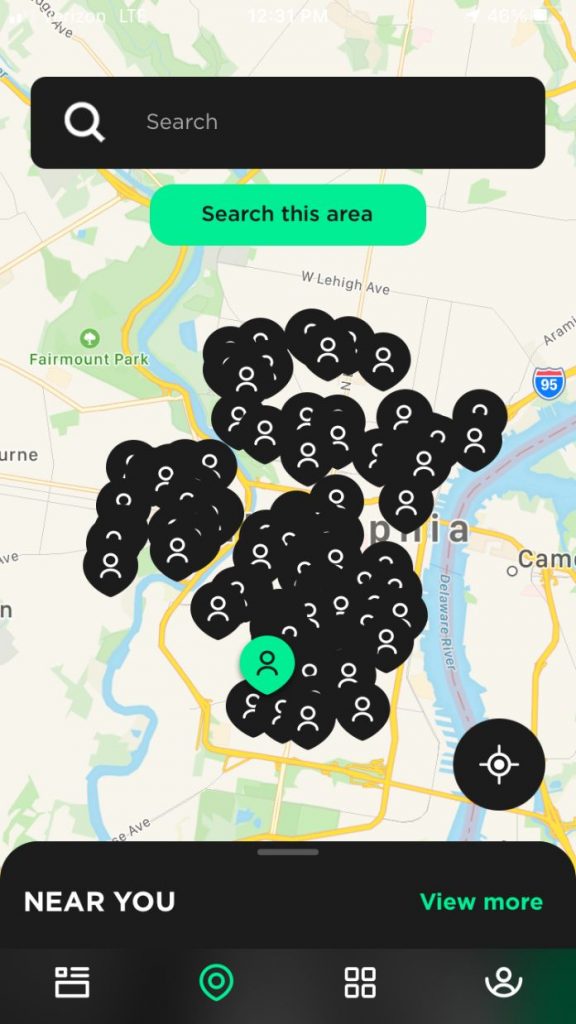
The map function essentially contextualizes people’s profiles in a geographic layout. This is a cool feature, but its benefits are limited to showing exactly where each individual profile is. It’s a helpful tool, nonetheless.
Explore

This page contains the meat and potatoes of the app. It provides full access to all other profiles on Plaze. A search bar at the top of the page offers a speedy look-up for specific people. Or you can scroll along casually, thumbing through profiles of Plaze users. (Plazers? Plazeers?)
To make it even more convenient, it splits up profiles into different categories based on each user’s expressed intent. Here are some of the subsections: Freelance Clients, Lookin’ For Bandmates, Jam For Fun, Find Local Shows, and Near You. It’s as simple as sending a message. From there, you’re free to discuss as you please! You can even curate your own feed, narrowing it down to your specific need.
Closing Thoughts: Is Plaze worth it?
Plaze offers an entirely free platform for exploring your scene. You stand to lose nothing, and the gains are immeasurable. it’s not limited to musicians, either. Plaze is perfect for artist-designers, audio engineers, promoters, podcasters, videographers, and journalists. Every creative personality is capable of offering (and monetizing) their skills with this app.
The most inspiring part of Plaze is the way it injects a burst of democracy into an experience historically fraught with crossed arms, naysayers, and gatekeepers. Gone are the days of not being able to find the right band members. And never again will you be burdened with the task of having to cold message a show promoter on Instagram, only to be left on read time and time again.
I can speak from experience regarding the difficulties of finding something as seemingly common as a good photographer. You end up just asking a friend with a camera and, oftentimes, you’re underwhelmed with the final product. With Plaze, freelancers are provided a large pool of potential clients and vice versa.
Just like every punk-rocker has a conversion story— a discovery of new, challenging, artistic integrity in the face of an otherwise bland, corporate landscape— so too may every DIY soul be converted into a Plaze-user (Plazite? Plazian? I hate this bit) and reimagine the possibilities of local art.
Even if they don’t f*ck with Green Day.
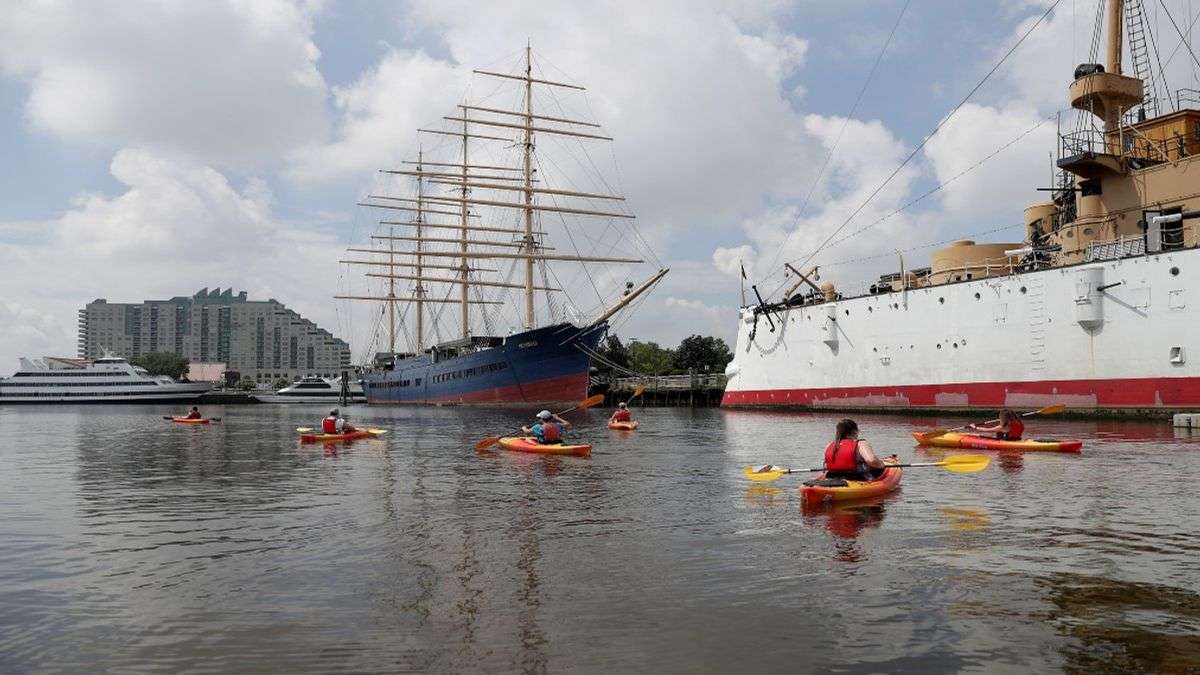
The Delaware River, a major river on the Atlantic Coast of the U.S., runs undammed for 338 miles from New York to Cape May. People can swim, tube, Jet Ski, paddleboard, and kayak in the Delaware River. Sadly, not in the area where it runs through Philadelphia.
Environmental campaigners have worked for several years to change the designation of a 27-mile stretch of the river. It runs between the Tacony-Palmyra and Commodore Barry Bridges, where people can utilize it for non-motorized recreation.
There is a brewing debate about who gets to use the Delaware River in Philly and what pollution level is allowable.
The Issue
The issue involved some of the largest stakeholders on the river. That includes the 453 billion port industry, environmental groups, the Philadelphia Water Department, and Philadelphia City Council. In a letter to the City Council in December 2021, the nonprofit Maritime Exchange for the Delaware River and Bay pushed back against a change in the river’s resignation due to safety concerns. Their protest is part of a revived debate on a regulatory issue.
Today, the river is allowed for “secondary contact,” including rowing, powerboating, and fishing. Environmental advocates want to change it to what’s known as “primary contact” under the Clean Water Act. It means that people can use it for recreation without getting sick from water contamination.
The letter urged some members of the Philadelphia City Council to write their letter asking to open the river. Environmental groups that fear losing the river’s Clean Water Act designation arise to support the City Council.
Further complicating matters is the Philadelphia Water Department, which draws drinking water from the river. Unfortunately, the department is also one of the biggest polluters because of its aging sewer system.
“I think what industry and the Maritime Exchange is trying to prove
is that if you consider the river for primary contact designation. It needs the appropriate protection so that more people will enjoy the river,” said Maya Van Rossum of the nonprofit Delaware Riverkeeper Network. She added that the Maritime Exchange doesn’t want to see that, and they believe the river belongs to them and not the people. Van Rossum asserts that people are already using the river for recreational purposes.
Who decides who uses the Delaware River?
The rekindled debate came from a petition by the Delaware Riverkeeper Network and some environmental groups. The river Basin Commission in 2020 says that the river is much cleaner than in decades past and should be protected by a “primary contact swimmable” designation.
The Clean Water Act regulates waterway pollution to make them clean enough for fishing and swimming. The act requires states to list impaired waters with the U.S. Environmental Protection Agency, including those unfit for “fish propagation” or “human recreation”. States are supposed to set pollution limits to reach these goals.
But the Delaware River flows through four states, making coordination the tricky and delicate job of the Delaware River Basin Commission, or DRBC. It was created under a compact to balance the needs of New York, New Jersey, Pennsylvania, and Delaware.
However, changing the designation could force the industry and the Philadelphia Water Department to spend a lot of money it doesn’t have right now. And the maritime industries worry it would lead more recreational users into shipping lanes and around ports.
An older, combined sewer system covers almost 60% of the city. A single pipe carries stormwater and sewage from streets, houses, and businesses directly to a wastewater treatment plant. The system works fine during dry weather. However, the combined system is overloaded during big storms, sending sewage and stormwater into rivers and creeks.
Is It Safe To Kayak in the Delaware River?
Kate Schmidt, a DRBC spokeswoman, said the agency has been monitoring for bacteria around Philadelphia and Camden since 2019. This includes locations in Chester City, Red Bank in Gloucester County, Penn’s Landing, and Frankford Arsenal in Philly, and Pyne Poynt Park in Camden. At Pyne Poynt, the DRBC and U.S. The Geological Survey installed “an advanced next-generation water-quality instrument to monitor bacteria” in near real-time.
Schmidt said significant sources of bacteria include combined sewer systems, waste from dogs and other animals, and stormwater runoff.
So far, data show concentrations of bacteria are higher near the shoreline, where people are more likely to hang out than in the center channel.
“This requires further study before any change to the designated use is considered,” she said.
Involvement of other Stakeholders on the Issue
- Lisa Himber, president of the Maritime Exchange for the Delaware River and Bay, said their main concern is safety. Next is security. The group is worried about activity that might cause some harm to recreational water users, the crews on the ships, or the ships carrying cargo.
- The Council supports commercial shipping and on-water recreation continuing to coexist safely. They are willing to explore constructive solutions similar to those implemented in New York Harbor, where recreation representatives are active New York Harbor Safety Committee members.
- The Council noted recreational activities like kayaking on the Delaware River. Independence Seaport Museum, the Red Dragon Canoe Club, and the youth of UrbanPromise are among community groups already using the river for recreation that involves primary contact with the water.
- The Philadelphia Water Department wrote in an email to The Inquirer that they are committed to “improving the water quality in the Delaware River, along with the other waterways in our city. State and federal regulators approve of Philadelphia’s aims to address the combined sewer overflows. And we are investing billions of dollars in protecting local waterways.
And for other news about Philly, read more here!

Should I Buy an Electric Scooter? What You Can Learn

Best Workflow Mapping Tools for Smarter Business Processes

Top White Label Marketing Tools for Agencies: Our 10 Best Picks

Virtual Reality Exhibit Carne Y Arena: The Refugees’ Plight

Top 10 Podcast Editing Software Applications for Beginners

What Is Tiktok Pink Sauce? The Viral Condiment, Explained

Did You Drop Your Smartphone in The Ocean? Here’s How to Retrieve It

Top White Label Marketing Tools for Agencies: Our 10 Best Picks

History of the NBA: The Success Behind the Big League

Demio SaaS 2025 Review: Features, Pricing, Pros & Cons

Did You Drop Your Smartphone in The Ocean? Here’s How to Retrieve It

Virtual Reality Exhibit Carne Y Arena: The Refugees’ Plight

Best Workflow Mapping Tools for Smarter Business Processes

Gift Guide: 25 Best Gifts for Women for All Occasions
Trending
- Technology17 hours ago
Top White Label Marketing Tools for Agencies: Our 10 Best Picks
- Technology23 hours ago
Virtual Reality Exhibit Carne Y Arena: The Refugees’ Plight
- Technology16 hours ago
Best Workflow Mapping Tools for Smarter Business Processes
- Technology23 hours ago
Top 10 Podcast Editing Software Applications for Beginners
- Lifestyle6 hours ago
Should I Buy an Electric Scooter? What You Can Learn




